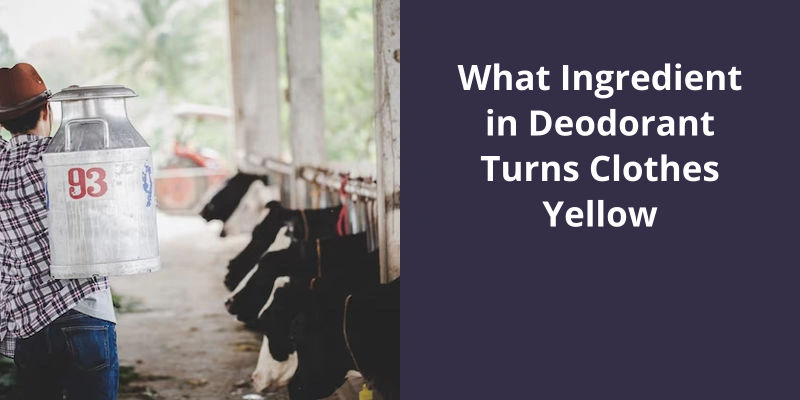Clone fragrances are made by analyzing the ingredients of the original perfume through gas chromatography and mass spectrometry. These detailed analyses provide a breakdown of all the components in the original fragrance. Perfumers then use this information to create a scent that closely resembles the original. They mix different amounts of various essential oils, aromatics, and chemicals to replicate the scent. This process requires a lot of testing and refinement to achieve a fragrance that not only smells like the original but also has similar lasting power. Once the formulation matches the desired scent, alcohol and water are added to make the final product. Since the exact process of original perfumes is often a secret, clone fragrances may not be identical, but they come very close.

Are Clone Perfumes Bad?
Furthermore, cloned perfumes may not have the same scent profile as the original they’re attempting to imitate. This can result in a disappointment for those seeking the same fragrance experience as the original perfume.
This can make it difficult for consumers to discern whether they’re purchasing the real thing or a knockoff.
Counterfeiters may attempt to pass off cloned fragrances as authentic, taking advantage of unsuspecting consumers who’re looking for a bargain or rare and hard-to-find scent. This practice not only harms the fragrance industry but also consumers who may receive a sub-par product that isn’t what they paid for.
The Rise of Clone Perfumes in the Market and Their Impact on the Fragrance Industry.
- Clone perfumes are becoming increasingly popular in the fragrance industry
- They’re often cheaper alternatives to designer perfumes
- Clone perfumes mimic the scent of well-known fragrances
- Some clone perfumes have been accused of being too similar to the original fragrances
- The rise of clone perfumes has had an impact on the sales of designer fragrances
- However, some consumers still prefer to purchase designer fragrances over clone perfumes because of the quality and uniqueness of the scents.
Now that we understand what inspired perfumes are, let’s delve into the differences between original and inspired perfumes. While both may smell similar, there are key variations in their ingredients, quality, and pricing. These differences affect not just the product, but also the buying choices and reasons for choosing one over the other. From the scent to the packaging, every aspect of the product varies, and we’ll look at each one in detail.
What Is the Difference Between Perfume and Inspired Perfume?
Perfumes have been around for centuries and have been an integral part of human culture. They’re derived from natural sources like plants, animals, and minerals and are used to create a unique fragrance that can enhance one’s personality and mood. The process of creating perfume is a complex and delicate art that involves blending different scents in the right proportions. A good perfume isn’t just a blend of fragrances but also an expression of creativity and personality.
Inspired perfumes, on the other hand, are created to mimic the fragrance of popular branded perfumes. These perfumes smell the same as the original but are sold at a fraction of the price. They’re also called smell-alikes, generics, or clones. However, legally, companies aren’t allowed to use brand names of the original perfumes in their marketing or labeling. That’s why the word “Inspired by” is used before the name of the perfume.
They aren’t counterfeit products, and their quality is quite good. The difference in price between Inspired perfumes and the original branded perfume is due to the brand name, packaging, and advertising costs of the original perfume. Inspired perfumes are sold in simple packaging, and companies don’t spend much on advertising.
The quality of an inspired perfume depends on the expertise of the perfumer. Creating an inspired perfume requires a thorough understanding of the notes and scents of the original perfume. A perfumer must be able to identify the different notes and recreate them using smell-alike ingredients. The process of creating an inspired perfume is also repeated several times to ensure that the scent is the same as that of the original perfume.
Inspired perfumes are becoming popular because they offer an economical alternative without compromising on quality.
How to Choose Between a Branded Perfume and an Inspired Perfume
When deciding between a branded perfume and an inspired perfume, consider factors such as your budget, the quality of the ingredients, and the reputation of the brand. Branded perfumes are typically more expensive but often use higher quality ingredients and have a strong brand reputation. Inspired perfumes are cheaper but may not have the same quality of ingredients and may not have the same lasting power. Ultimately, it comes down to personal preference and balancing your budget with your desire for a certain scent and quality.
Source: What’s the performance difference between original and …
It’s imperative to be informed about the potential dangers implicated by fake colognes before purchasing or using them. Counterfeit products can result in significant health hazards, ranging from skin irritations to severe allergic reactions. Therefore, it’s essential to understand the risks involved and make an informed decision to ensure your safety when it comes to buying colognes.
Are Replica Colognes Safe?
The use of replica colognes has been a controversial topic for many years. While some consumers argue that these knock-off fragrances are safe and offer a more affordable alternative to designer products, others are concerned about the potential dangers they may pose. Replica colognes are often produced using substandard ingredients and manufacturing processes that can result in adverse effects on the skin, respiratory system, and overall health of the user.
One of the primary concerns about using fake colognes is the risk of an allergic reaction. The low-quality ingredients and additives used in the production of these fragrances can cause skin irritation and rash in some people.
The production of counterfeit colognes also has significant economic implications. It facilitates the growth of illegal businesses that operate outside the regulations and standards of the legitimate fragrance industry. This situation results in lost revenue for legitimate manufacturers and retailers, and it can affect the broader economic ecosystem. Additionally, counterfeit products often don’t go through rigorous testing and quality control procedures to which legitimate products are subjected. As a result, consumers are at risk of purchasing ineffective or even dangerous products.
Environmental Impact of Replica Colognes How the Production and Disposal of These Products Affect the Environment.
The production and disposal of replica colognes can have a negative impact on the environment. Chemicals used in the manufacturing process can contribute to air and water pollution, while improper disposal can lead to soil and water contamination. Additionally, the packaging and shipping of these products can contribute to the depletion of natural resources and increase carbon emissions.





